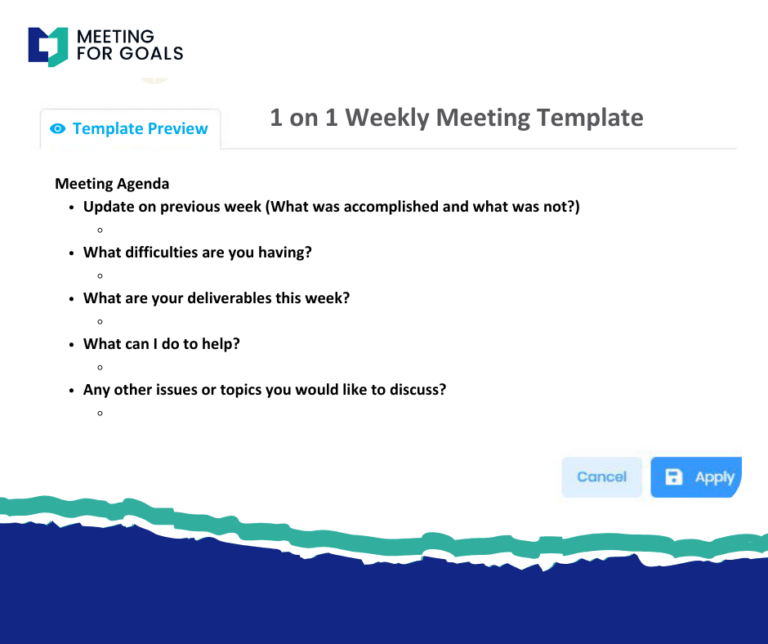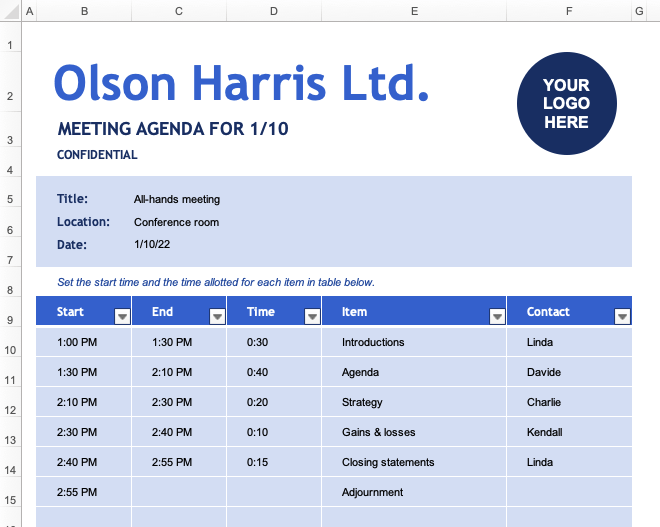How To Schedule One On One Meetings

Time wasted scheduling one-on-one meetings is costing companies valuable productivity. Streamline your process now to reclaim lost hours and boost team efficiency.
This guide provides actionable strategies to optimize your one-on-one scheduling, reducing administrative overhead and fostering more meaningful employee connections. Implementing these techniques can dramatically improve meeting attendance and overall workflow.
Optimize Scheduling Tools
Choosing the right tool is crucial. Applications like Calendly, Doodle Poll, and Microsoft Bookings automate availability sharing and booking.
Avoid endless email chains by using features like buffer times and automated reminders.
Automated Calendar Integration
Integrate your chosen tool with your existing calendar (Google Calendar, Outlook, etc.).
This ensures accurate availability and prevents double-booking.
Define Clear Meeting Purposes
Establish a concise agenda for each one-on-one meeting.
Send the agenda to participants in advance, allowing them to prepare and contribute effectively. This directly addresses the *what* and *why* of the meeting.
Establish Consistent Time Slots
Determine recurring time slots for one-on-ones to create predictability.
Consider employee time zone differences. A study by *Atlassian* showed that consistent meeting schedules increased employee satisfaction by 15%.
Consider Employee Preferences
Survey employees to identify their preferred meeting times.
Prioritize times when employees are most alert and receptive.
Delegate Scheduling Tasks
Empower team members to schedule their own one-on-ones using your chosen tool. *Who* schedules the meeting can significantly impact efficiency.
Provide clear guidelines on how to use the tool and what information is needed.
Utilize Virtual Assistants
For larger teams, consider employing a virtual assistant to manage scheduling.
This frees up managers' time for more strategic tasks. A report from *McKinsey* indicates that virtual assistants can save up to 20% of executive time.
Implement a Cancellation/Rescheduling Policy
Establish a clear policy regarding cancellations and rescheduling.
Require a minimum notice period (e.g., 24 hours) to minimize disruption. Enforce that *when* meetings occur is just as important as *why*.
Automated Reminders
Use automated reminders to reduce no-shows.
Send reminders 24 hours and 1 hour before the meeting. These small actions address *where* the meetings should be on everyone's mind.
Monitor and Optimize
Track the effectiveness of your scheduling process. *Where* are the bottlenecks?
Analyze data on meeting attendance, cancellations, and employee feedback. According to *Gartner*, companies that regularly optimize their meeting schedules see a 10% increase in productivity.
Seek Employee Feedback
Regularly solicit feedback from employees on the scheduling process.
Use this feedback to identify areas for improvement and refine your approach. This directly impacts *how* effective meetings truly are.
Immediately implement these strategies to optimize your one-on-one scheduling. Ongoing monitoring and adjustments are essential to maintain efficiency and maximize the value of these crucial employee interactions. Don't delay. Improve your scheduling process today.
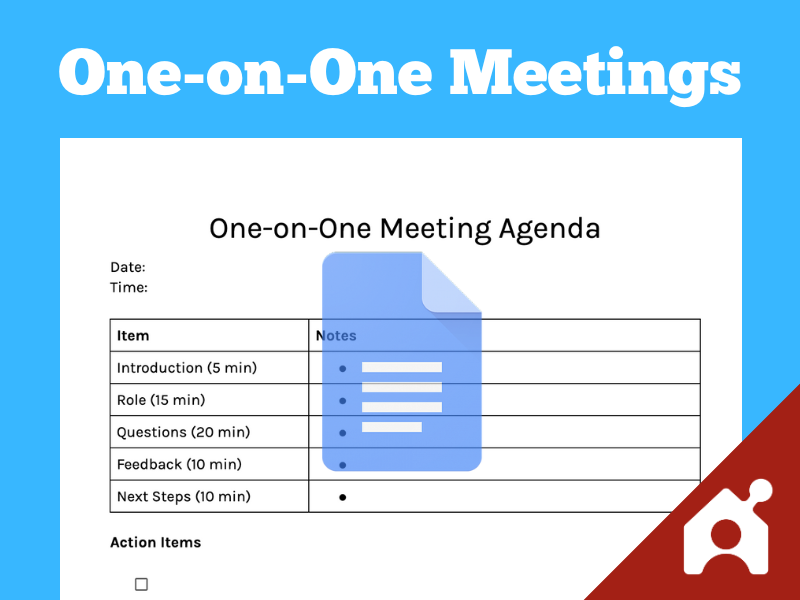
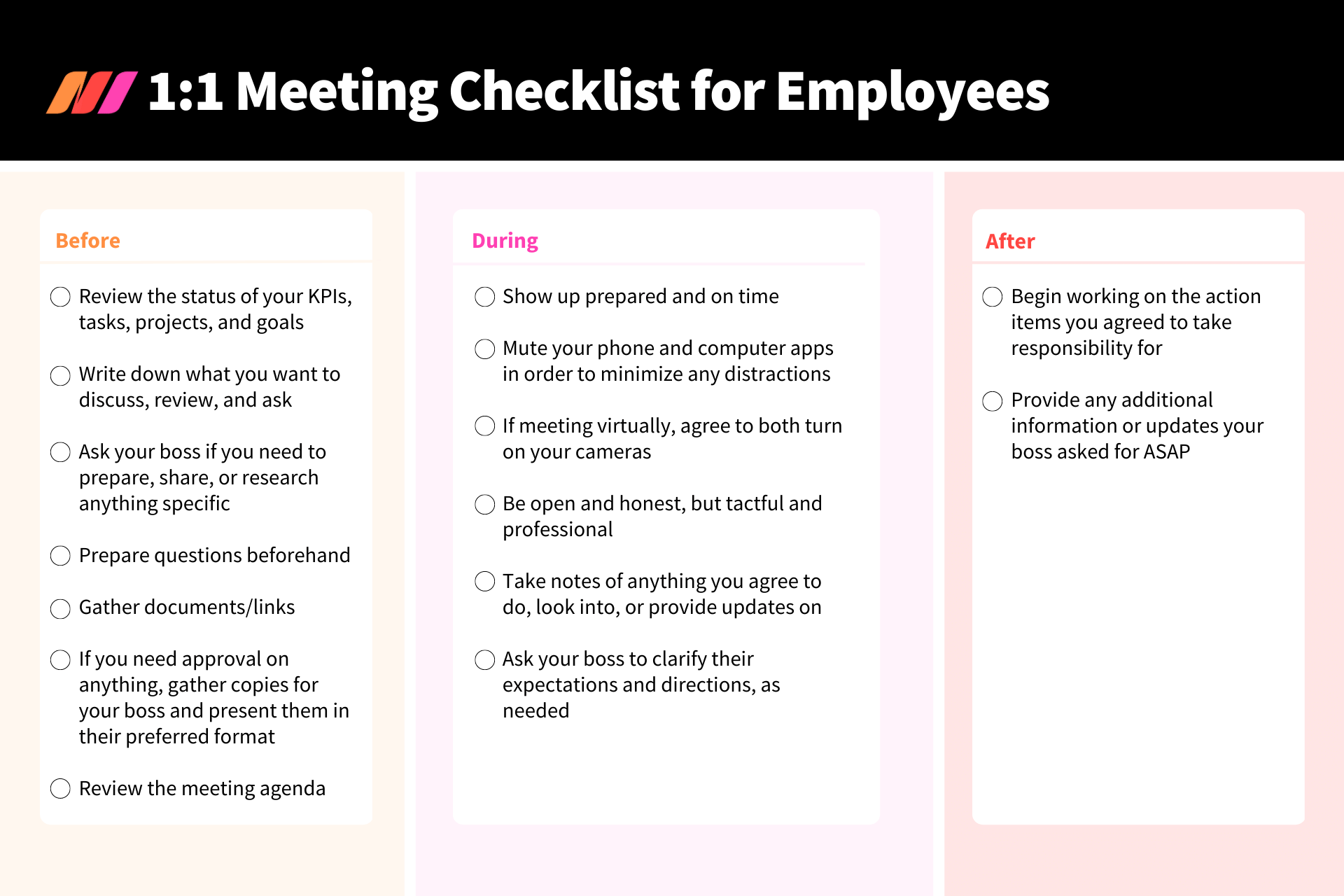
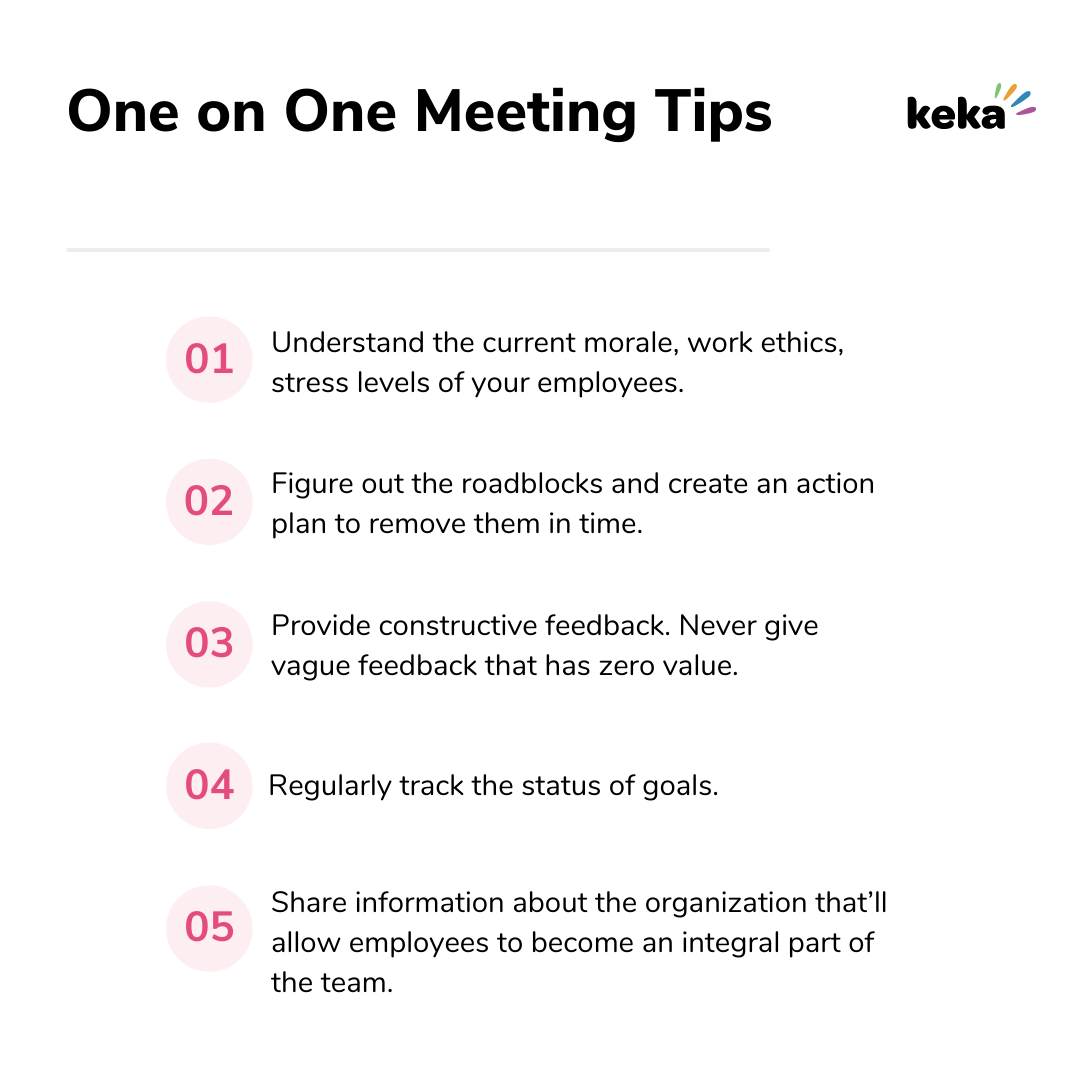





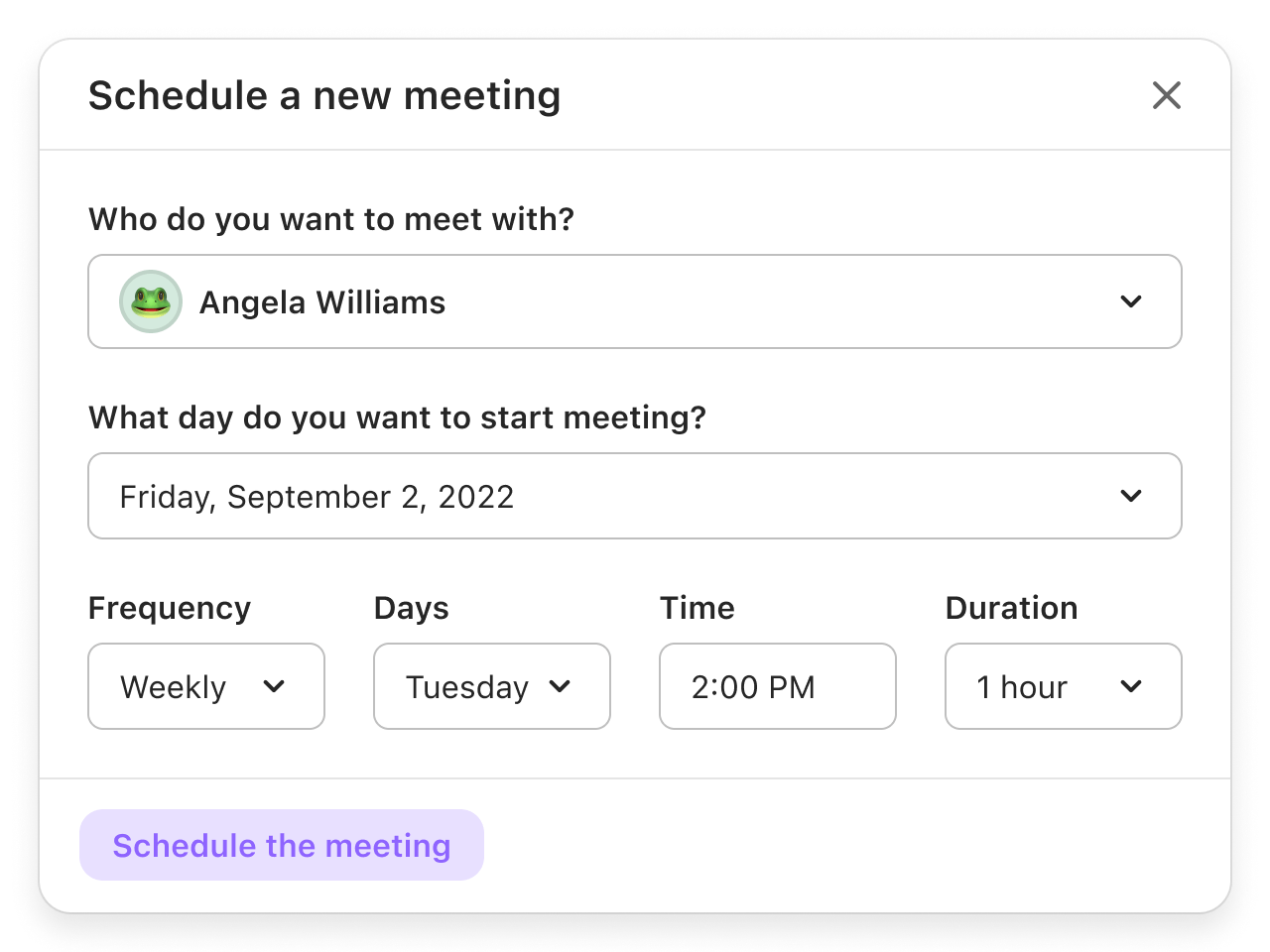
![How To Schedule One On One Meetings Free Printable One To One Meeting Templates [PDF, Word, Excel]](https://www.typecalendar.com/wp-content/uploads/2023/05/One-to-One-Meeting-1-1024x576.jpg)



